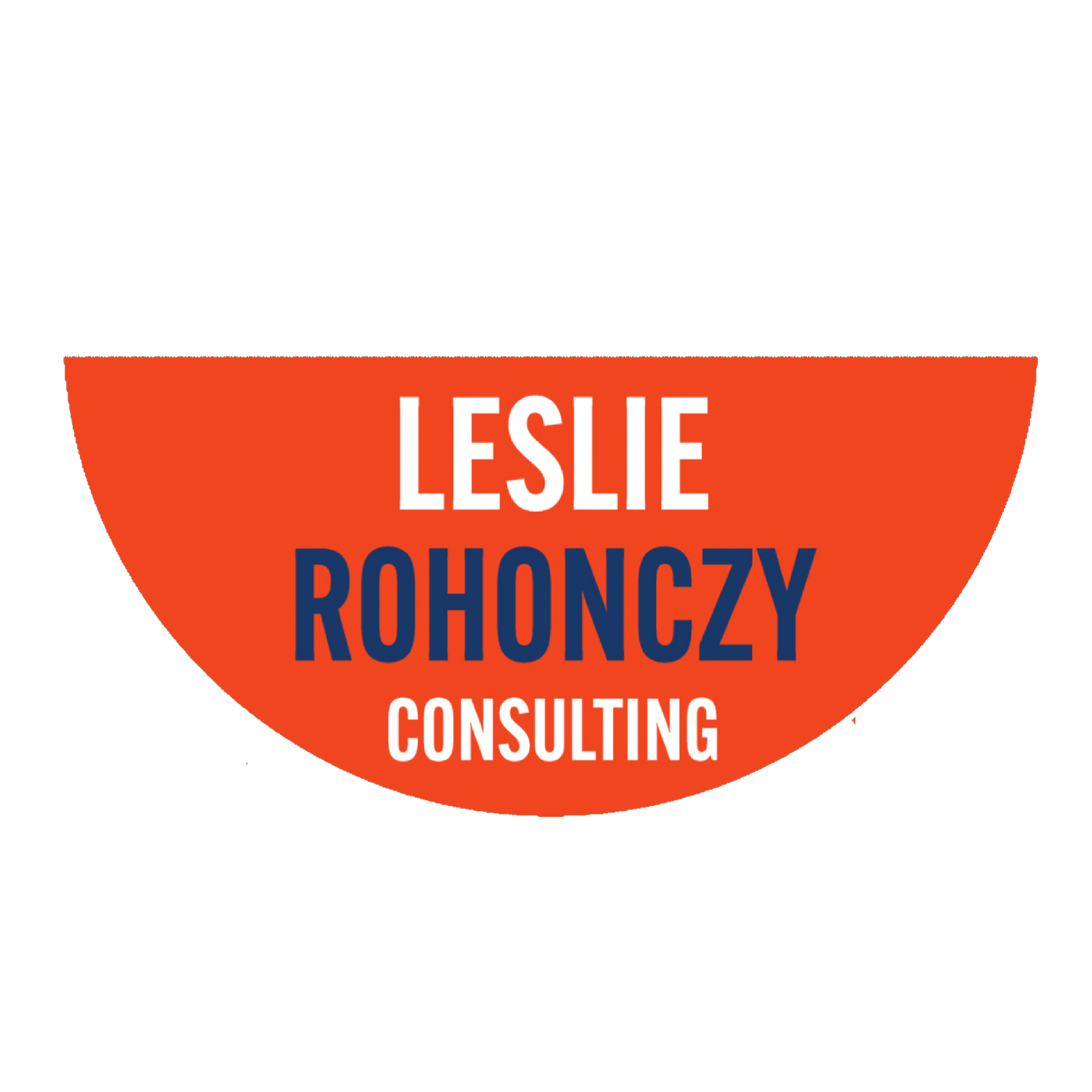by Leslie Rohonczy, Executive Coach, IMC, PCC | ©2024 | www.leslierohonczy.com
PRACTICE OBJECTIVE
•To explore your personal motivation for seeking a leadership position;
•To acknowledge and grow awareness of the strengths and limitations these motivations may represent in this next career move.
OVERVIEW
Why do you want this leadership role? You may be considering a career move from individual contribution into a leadership role. Or you may already be a leader who wants to advance to the next level of leadership in your career. You have the ambition and drive but may not be aware of what’s driving this striving. It may be helpful to understand your motivations at a deeper level.
When asked why they want to become a leader (or VP, executive, or board member), most people give one of two standard answers: “I want to make a difference’ or, ‘I want to help people grow and succeed’. Both of these are honorable and admirable intentions, of course. And they’re also table stakes: the ‘must-have’ essentials of leadership. But what about YOU? What is it that you want for yourself from this new leadership role? It’s equally important to know your own personal motivations before you take on a leadership role.
INSTRUCTIONS
This coaching practice will help you understand the underlying motivations, and what might help you be successful at that new level. Grab your journal and complete the following statements – but
here’s the catch: you must answer them from your OWN perspective, NOT on behalf of someone else.
“When I’m a leader… I’ll feel…
I’ll be…
I’ll get…
I’ll know…
I’ll believe…
I’ll do…
I’ll see myself…
REFLECTION QUESTIONS
What theme(s) do you notice about your statements?
How might each theme show up in you as you strive for this leadership role (how they might support you, or how they may get in your way)?
What will you adjust in order to be successful in this new role (eg: grow EQ awareness, build specific skills, dial up or down certain behaviours, challenge limiting beliefs)?




